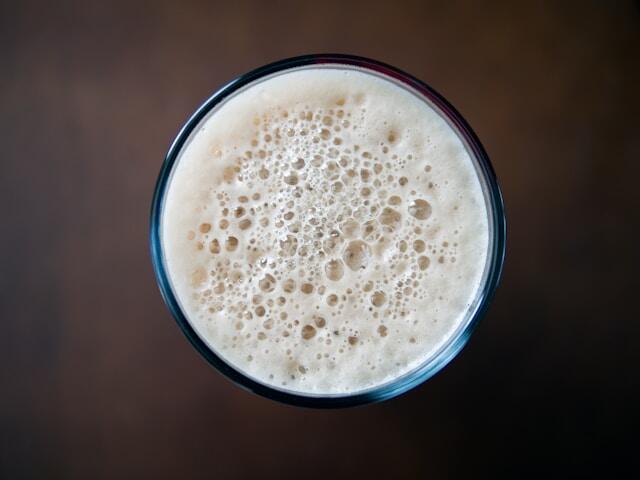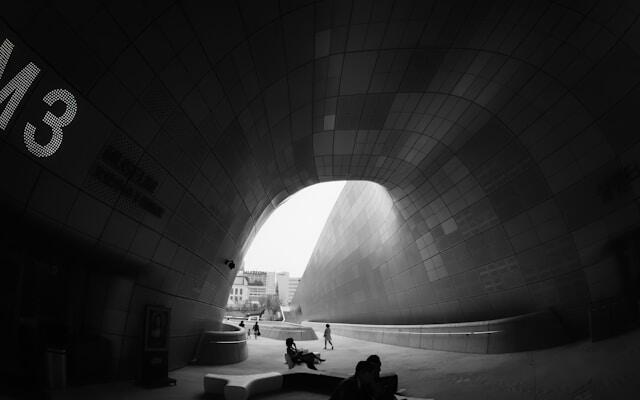Korea Business Incorporation: Entering the Booming Non-Alcoholic Beverage Market

The demand for non-alcoholic beer and wine is rising in South Korea as consumers prioritize health and wellness. This shift reflects a growing preference for reduced alcohol consumption and a desire for diverse beverage options. As a result, both domestic and international brands are finding new opportunities in this evolving market.
This article explores the current landscape of Korea's non-alcoholic beer and wine industry, key market drivers, opportunities for foreign brands, and strategies for success.
Current Market Landscape
South Korea’s non-alcoholic beverage market has rapidly expanded beyond its niche origins, becoming a mainstream choice among consumers. Once considered an alternative for a limited audience, non-alcoholic beer and wine now attract a broader demographic.
According to Statista, South Korea’s non-alcoholic beer market is projected to grow steadily, driven by increasing health-conscious consumers. Hite Jinro’s "Hite Zero" remains a popular choice, offering the signature beer taste without alcohol. At the same time, global brands like Heineken 0.0 and Budweiser Zero have entered the Korean market, intensifying competition and diversifying consumer choices.
Tsingtao recently launched a non-alcoholic beer line in Korea as part of its global expansion strategy. According to a Pulse report, the brand's alcohol-free products have resonated well with Korean consumers, reinforcing the potential for foreign brands in this market.
Key Drivers of Market Growth
- Health and Wellness Trends: Consumers are increasingly prioritizing healthy lifestyles, leading to greater demand for low- or non-alcoholic beverage alternatives.
- Evolving Drinking Culture: Younger generations prefer social dining experiences over traditional heavy drinking habits, making non-alcoholic beer and wine ideal for casual gatherings.
- Expanding Product Variety: The market has moved beyond beer, with non-alcoholic wine, cocktails, and other beverages gaining traction among consumers seeking diverse options.
Opportunities for Foreign Brands
The Korean market presents significant opportunities for foreign brands seeking to establish a presence in the non-alcoholic beverage sector.
- Premiumization: Korean consumers value high-quality products and premium branding. Foreign brands can leverage unique flavors, organic ingredients, and luxury packaging to differentiate themselves.
- Localized Marketing Strategies: Tailored campaigns emphasizing health benefits, low-calorie options, and sustainability resonate well with Korean consumers.
- Brand Trust and Recognition: Established global brands with strong reputations can leverage their international credibility to gain a competitive edge.
- Diverse Distribution Channels: Korea’s extensive retail network—including convenience stores, supermarkets, cafes, and restaurants—offers multiple avenues for foreign brands to reach consumers effectively.
Challenges and Strategic Solutions
- Competition with Domestic Brands: Local brands like Hite Jinro dominate the market. Foreign brands must emphasize unique qualities and innovative branding to stand out.
- Price Sensitivity: Korean consumers are price-conscious. Competitive pricing strategies that highlight value for money can improve market penetration.
- Regulatory Compliance: Korea’s strict food and beverage regulations require foreign brands to ensure compliance and build consumer trust through transparency and quality assurance.
Future Outlook and Growth Strategies
The non-alcoholic beverage market in Korea is poised for continued growth as consumer preferences shift towards healthier and more diverse drinking options.
To succeed, foreign brands should consider the following approaches:
- Product Innovation: Develop distinct flavors and premium beverage options to appeal to Korean tastes.
- Cultural Adaptation: Design marketing content that aligns with local trends and consumer behavior.
- Strategic Partnerships: Collaborate with local distributors and retailers to enhance brand visibility and accessibility.
Establishing a Business in Korea
For foreign brands looking to enter the Korean market, setting up a local presence is a crucial step. The process involves key steps such as:
- Capital Investment: Establishing an appropriate financial structure based on industry requirements.
- Business Plan Development: Conducting market analysis and setting clear financial projections.
- Regulatory Compliance: Ensuring adherence to local laws and securing necessary permits.
- Office Registration: Setting up a registered office or virtual office for business operations.
Conclusion
With the right strategies, foreign brands can successfully navigate the Korean non-alcoholic beverage market and capitalize on its growing demand. Understanding consumer preferences, leveraging premium positioning, and ensuring regulatory compliance are critical to long-term success.
At Pearson & Partners Korea, we specialize in helping foreign businesses establish their presence in Korea. Our team ensures seamless market entry, regulatory compliance, and business incorporation. Need expert guidance on launching your beverage brand in Korea? Schedule a free consultation with Pearson & Partners Korea today.
.png?width=1656&height=121&name=rsz_%EB%A1%9C%EA%B3%A0%ED%88%AC%EB%AA%85%20(8).png)

